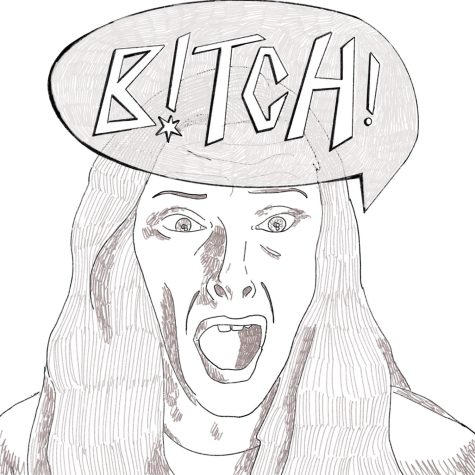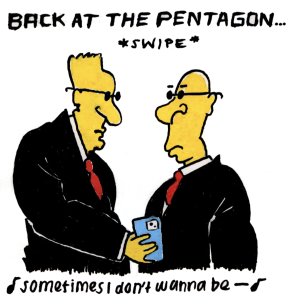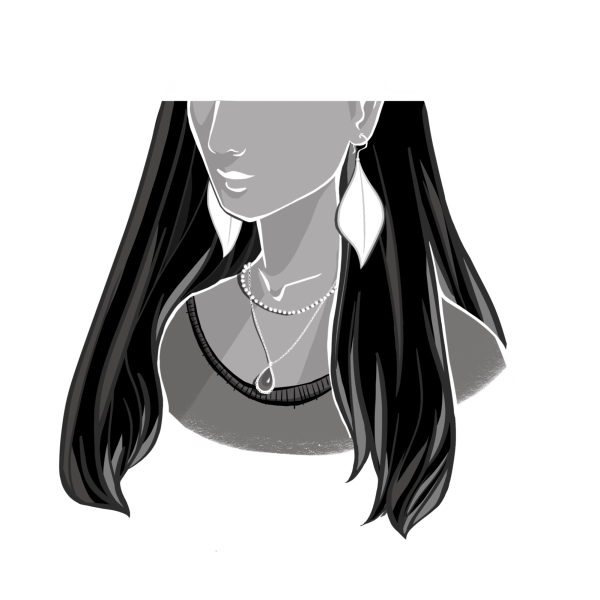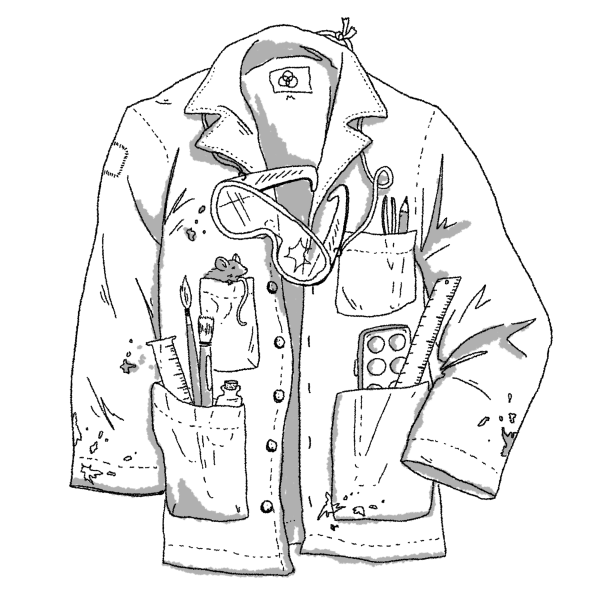Bitch!
November 3, 2022
Catherine Earnshaw, Sylvia Plath, Wednesday Addams and Courtney Love. Weird girls. Insane. Bitches. The list goes on for miles. Women have been branded hysterical for feeling rage since the word “bitch” was coined.
“Women have often felt insane when cleaving to the truth of our experience,” Adrienne Rich said in her 1975 essay “Women and Honor: Some Notes on Lying.”
The life of an angry woman is a lonely one: laced with self-doubt, self-gaslighting and plenty of external contempt. She seeks solace. While she finds it sparingly, if she’s lucky she finds it in her rage and her rage’s representation in media.
Media is separate from the world, as a woman in a novel or a film isn’t scorned by the beliefs of our society. She lives in her own world created by the author where her rage, sorrow and intensity are accepted as canonical and justified in ways that a real woman’s will never be justified. Women who are “insane,” who do contain extreme emotion, can create these worlds and grant the essential gift of escapism to other “mad women.” Women with as much as a pen, a paintbrush or a film camera can create the material on which they and other women will survive.
The so-called “hysteria” itself is a mechanism of separation; we heighten our emotions so that the stage that we are forced onto by the imposing eyes of the world feels more like one of our own design. To be a “mad woman,” then, is to be Salomé holding the severed head of Jokanaan or Judith slaying Holofernes (specifically as she is represented in the Gentileschi painting). Through expressions of rage, we can realize the actual power within us; it is a power that grows, as grotesque visual portrayals of it do. This is a paradigm-shifting alternative to being a woman enraged by her circumstances and eternally dissected by “the male gaze.” We become able to carry on living under the eye of observation if we are freed in the comparison of ourselves to a character that we can play on purpose, or a voice we can assume as our own. This is precisely why “mad women” are essential to the center of stories.
The importance of these separate worlds and the archetype of the “mad woman” within them is often undervalued by the minds who do not benefit. They have even been deemed dangerous and are shut down as lawless or misunderstanding of themselves. Perhaps most recurrently, “hysterical” female characters in the artistic work of women and “hysterical” female art are seen as irrelevant because they are not “real” in a physical sense. There is no greater terror to the enemy of a woman’s mind than a Fiona Apple concert crawling with women screaming the lyrics to “Under the Table,” a thousand real women feeling one woman’s real “insanity.”

While it is true that these lyrics, words or characters are not “real” in a physical sense, every woman who consumes the media that they are in becomes them for a fleeting moment, and that is the experience that provides the feeling of liberation they are searching for. In this sense, perhaps a “mad woman” on a book page is realer than any real woman will ever be.
Without the visualization of a fully expressed womanness in a venue where we can allow ourselves that actualization (in media), how can it be possible to comprehend ourselves as women? How can we begin to comprehend what womanness constitutes? Our day-to-day lives, even today when many people think we’ve “got it good” compared to eras like the 1950s or earlier, always incorporate a societally mandated self-repression. It is an ache to keep the attention of the masculine world’s hesitant mind and to be accepted by it and therefore be expressionistically free. There is an ache to see one’s anger displayed in full — to see Catherine Earnshaw’s ghostly, awful hand on Heathcliff’s windowsill or Merricat Blackwood standing in the embers of her own arson. This reminds us what freedom actually feels like; it becomes more than just a theory or a notion.
Only in company can one learn to accept what is inside themselves and discover what womanhood means in all its divine rage, grief and intensity. Without this, womanhood is doomed to take the shape of the great social mold around it and warp itself under the many strains imposed on it by people who seek convenience for themselves at the cost of great personal strife for others. To be a “bitch” is to live in full expression of one’s emotions, which is the greatest weapon one has as a woman in this fight. Madness is the cure.








